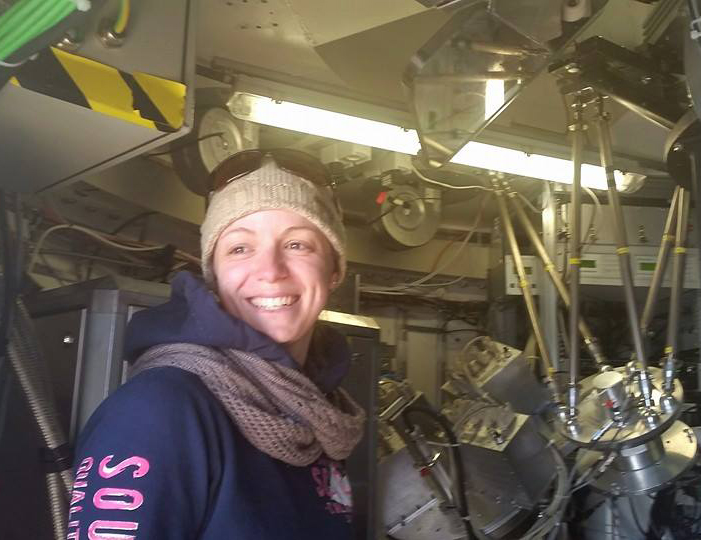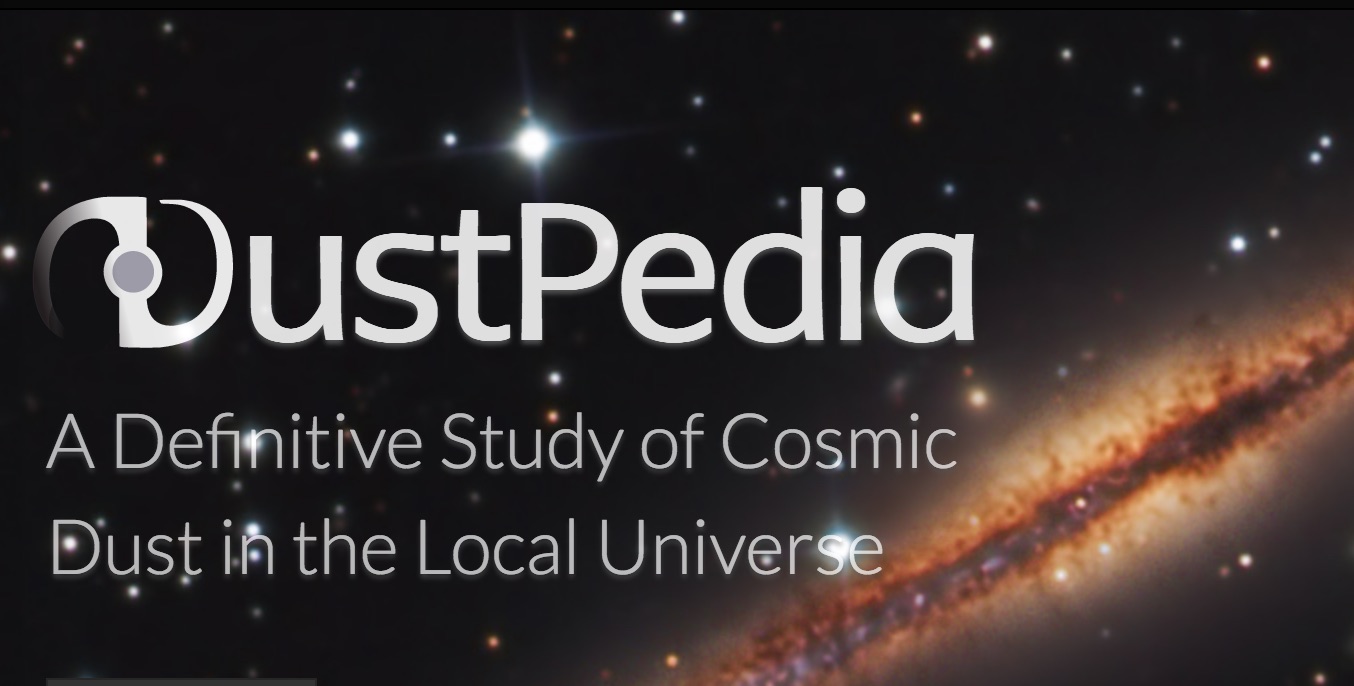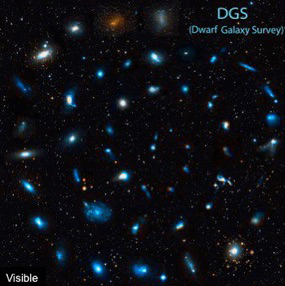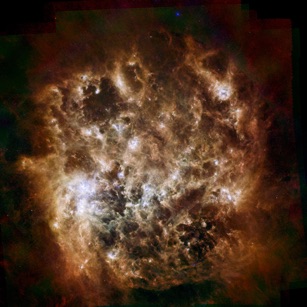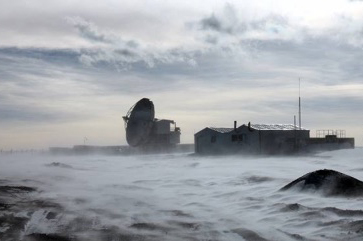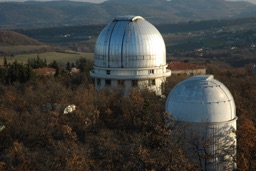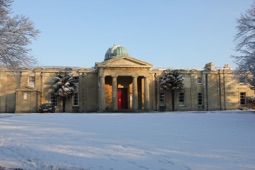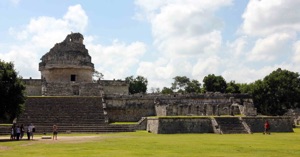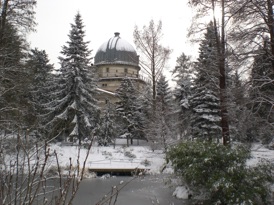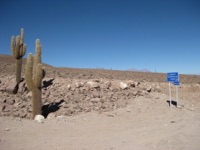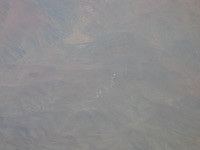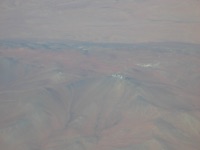Telescope time
... allocated (PI) on ground-based facilities since 2014
ALMA (normal call & ACA)
2019 - Grain growth in the youngest protostellar envelopes: the pristine properties of star and planet-forming material (ACA),
2019.2.00167.S, 49.3h
2019 - Magnetic field in the Serpens South protostars: a relation between B misalignment, rotation \& fragmentation,
2019.1.00727.S, 7.9h
2017 - A zoom in on the dense molecular clump distribution in the Small Magellanic Cloud,
2018.1.00469.S, 10h (not observed)
BLAST-TNG
2018 - “Probing the submillimeter polarized dust spectral energy distribution in the War & Peace nebula and RCW120 bubble",
11h
IRAM NIKA2
2018 - “Grain growth mechanisms in low-mass star-forming regions: the example of L1448",
co-PI with B. Ladjelate, 10.5h
APEX ArTeMiS
2019 - “Placing constraints on the grain growth processes in the youngest protostellar envelopes: the pristine properties of star and planet-forming material",
ESO time, 0104.C-0212, 10.6h
2014 - “Unveiling the parsec-scale structure of cold dust in N159 with ArTeMiS”,
ESO time, 094.B-0139, 17.4h
APEX SEPIA Band 5 and/or Band 9
2017 - “DeGaS - MC : A Dense Gas Survey of the Magellanic Clouds with SEPIA” (mapping, co-PI with Andreas Schruba),
Max Planck Time, 45h
2016 - “DeGaS - MC : A Dense Gas Survey of the Magellanic Clouds with SEPIA” (mapping),
Swedish time, 099.F-9301, 45h
2016 - “A spectral line atlas of Arp 220, the nearest submillimeter galaxy local analogue”,
ESO time, 098.C-0164, 17h
2015 - “DeGaS - MC : A Dense Gas Survey of the Magellanic Clouds with SEPIA” (DDT, mapping),
ESO time, 297.C-5052, 5.7h
2015 - “DeGaS - MC : A Dense Gas Survey of the Magellanic Clouds with SEPIA” (pointings),
ESO time, 097.C-0758, 54h
2015 - “Detecting the 183 GHz water maser emission in Arp 220” (Science Verification),
ESO time, 095.F-9801, 4h
APEX SUPERCAM
2015 - “The molecular reservoir in the strongly interacting system NGC1512 / NGC1510”,
ESO time, 095.C-0569, 13.4h

